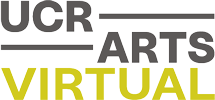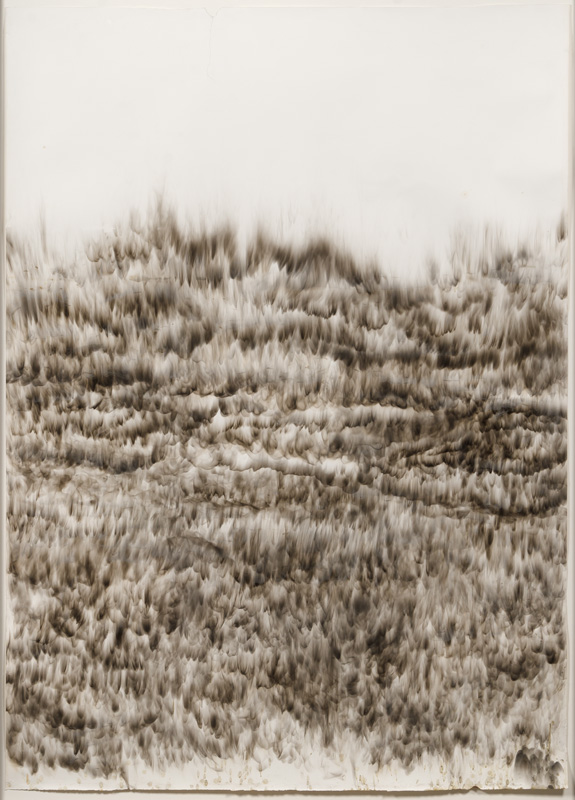Joan Wulf uses fire to depict fire. The artist’s subject and the studio materials are one and the same. Tongues of smoke capture the flicker of flame, the touch of wind. To portray nature’s most basic states, Wulf has burned, torched, sprayed, oxidized, ripped, crushed, and bent. She has set alight and quenched in water.
Wulf ’s subjects are a roster of basic elements: water, fire, earth, wood, metal. Early on, she pursued representational painting to depict these foundational natural elements. But fire is elusive, hard to capture both in nature and art. One day, out of equal parts invention and frustration, she draped a sheet of paper over the edge of her studio table and lit a beeswax candle. “I went straight to fire itself,” she recounts. “Fire is both the subject and the vehicle, the medium.” That initial result is in this exhibition: Smoke Series 1. Her 2013 experiment led to what Wulf calls, “collaborations with the elements,” releasing the innate qualities of natural elements to imprint images with a sequence of impermanent moments. Such touchless drawing with smoke and fire is known as “fumage.” Unsurprisingly, the Surrealists used the technique to evoke dreams and apparitions, a kind of automatic writing, an elemental form of painting.

